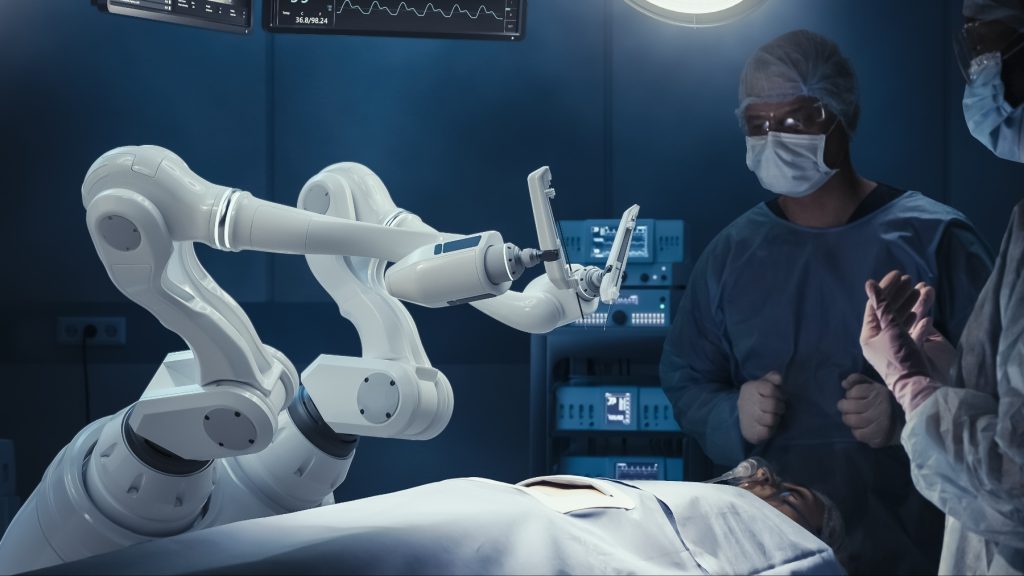
A new virtual assistant technology is reconstructing the norms of surgical procedures by translating text prompts from surgeons into commands for robotic assistants.
The new system allows surgeons to easily direct robots to perform specific tasks during operations, enhancing precision and efficiency in the operating room.
Surgeons may soon be able to utilize a ChatGPT-like interface to direct robots in performing intricate tasks such as suturing wounds and dilating blood vessels. While surgical robots have been operational for decades, traditionally, they have required direct human control throughout procedures.
Currently, advancements are being made toward autonomous surgical robots capable of executing parts of operations independently. However, these autonomous systems often challenge users with their limited fine control capabilities. The introduction of a conversational AI interface could bridge this gap, providing surgeons with an intuitive means to command and collaborate with these advanced robotic assistants.
At the University of Toronto, Animesh Garg and his team are pioneering a breakthrough in surgical technology with the development of SuFIA, a virtual assistant designed to enhance the capabilities of surgical robots. SuFIA, utilizing OpenAI’s GPT-4 large language model, interprets simple text prompts from surgeons and translates them into executable commands for surgical robots. This technology allows the robot to perform complex sequences of actions based on straightforward instructions like “pick up the needle and move it.”
The system breaks down these instructions into smaller, manageable subtasks, which then activate specific functions in robotic tools, ranging from surgical instruments to cameras. Garg likens the process to playing a video game with a simplified controller that manages more complex actions in the game environment. “It’s like when you play video games, you have a much lower dimensional controller even though the actual game you’re playing is much more complex,” he explains.
The SuFIA team has conducted rigorous testing in simulated environments on tasks such as moving needles and dilating blood vessels and has extended these tests to real-world applications with a Da Vinci robotic surgeon handling needle tasks. The potential for automating these types of surgical tasks could significantly aid surgeons in performing delicate procedures more efficiently.
However, the adoption of such advanced AI in clinical settings is met with caution. Danail Stoyanov from University College London notes that while the technology promises to improve surgical procedures, the actual value to patient care remains to be proven in a clinical context. Regulatory approval, too, is a significant hurdle. “The question is, what real value does it add to the patient care?” Stoyanov remarks. He further emphasizes the challenges of integrating new technologies into clinical practice, where outcomes can sometimes diverge from initial expectations.
Another concern with employing AI-driven systems like SuFIA in surgery is ensuring safety against AI “hallucinations,” where the system might generate plausible but incorrect or irrelevant information. Stoyanov stresses the importance of incorporating robust safety features to mitigate these risks.
As the technology progresses, the surgical community watches closely, hopeful yet cautious about the potential transformations SuFIA and similar innovations could bring to the operating room.
Inside Telecom provides you with an extensive list of content covering all aspects of the Tech industry. Keep an eye on our Medtech section to stay informed and updated with our daily articles.